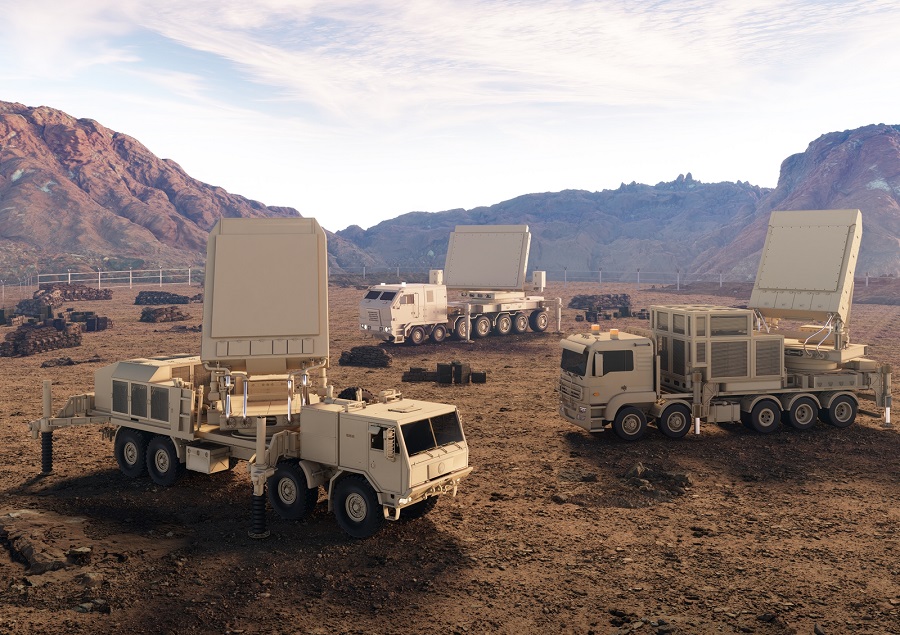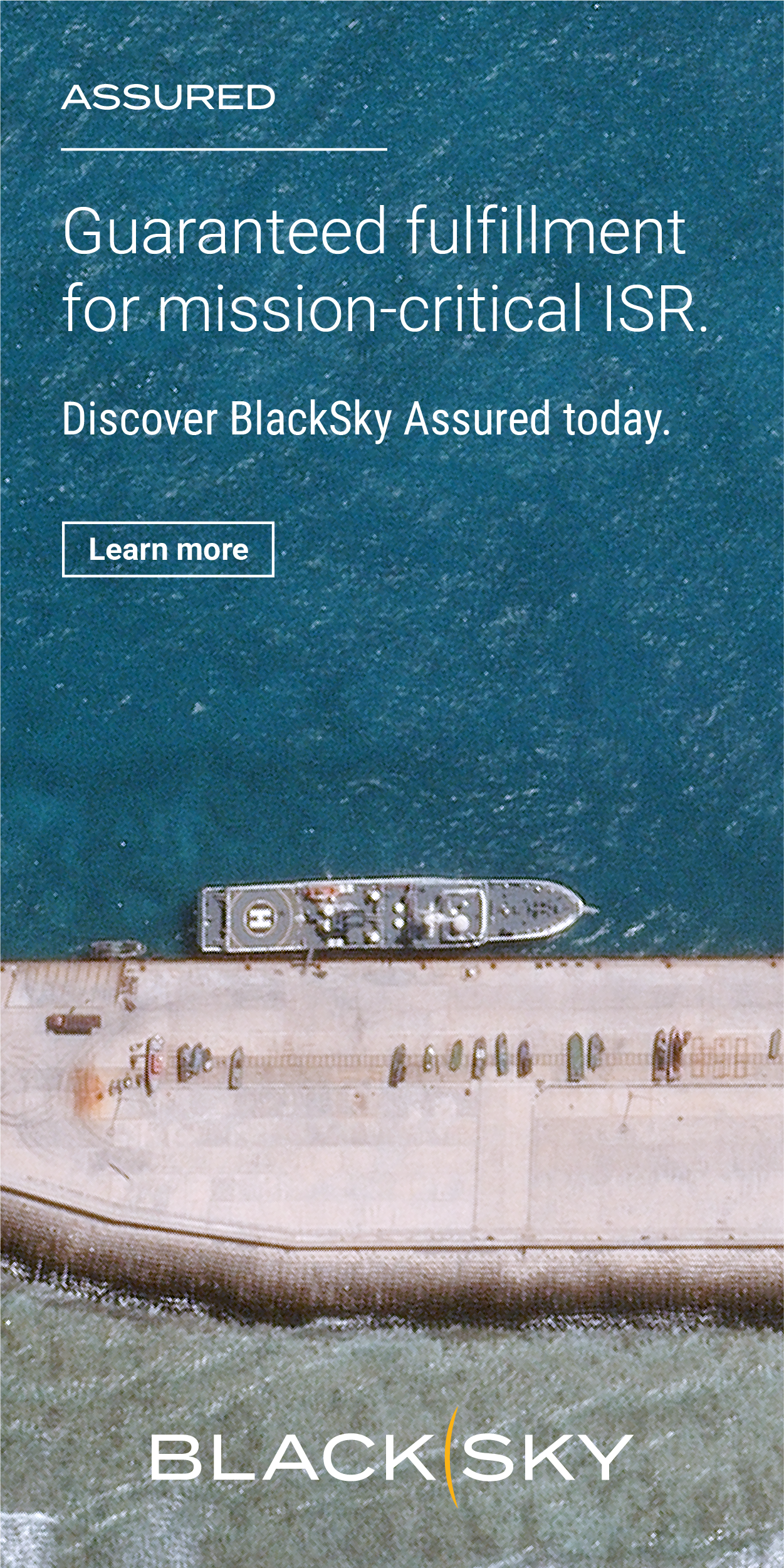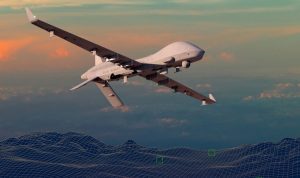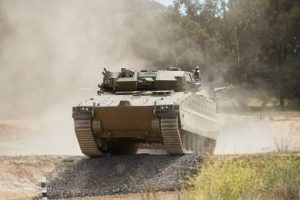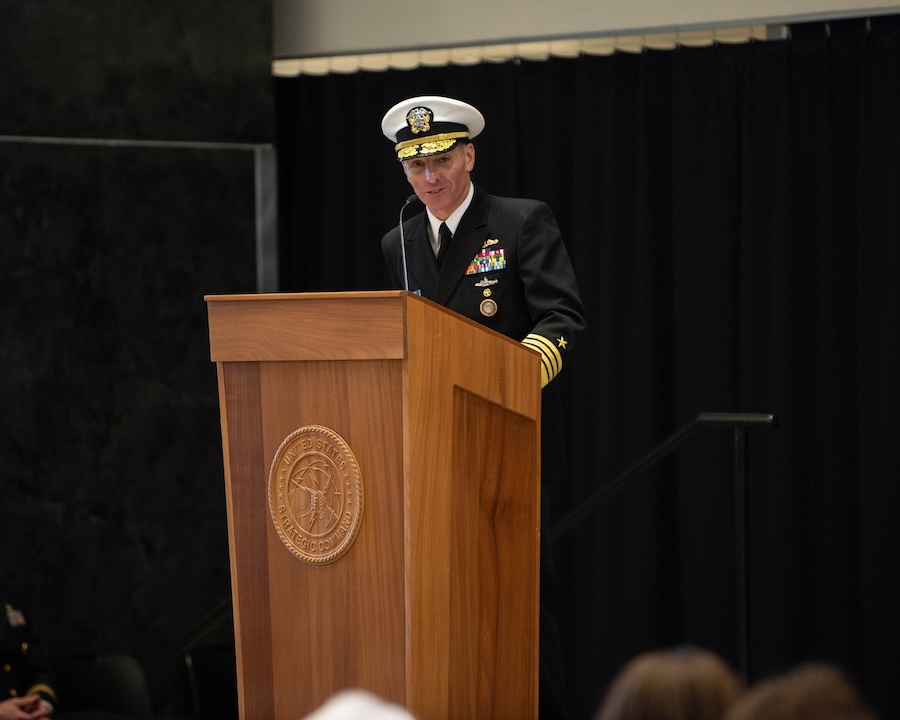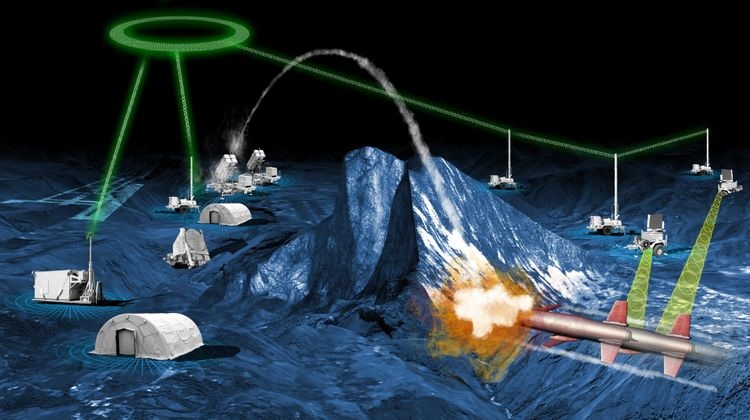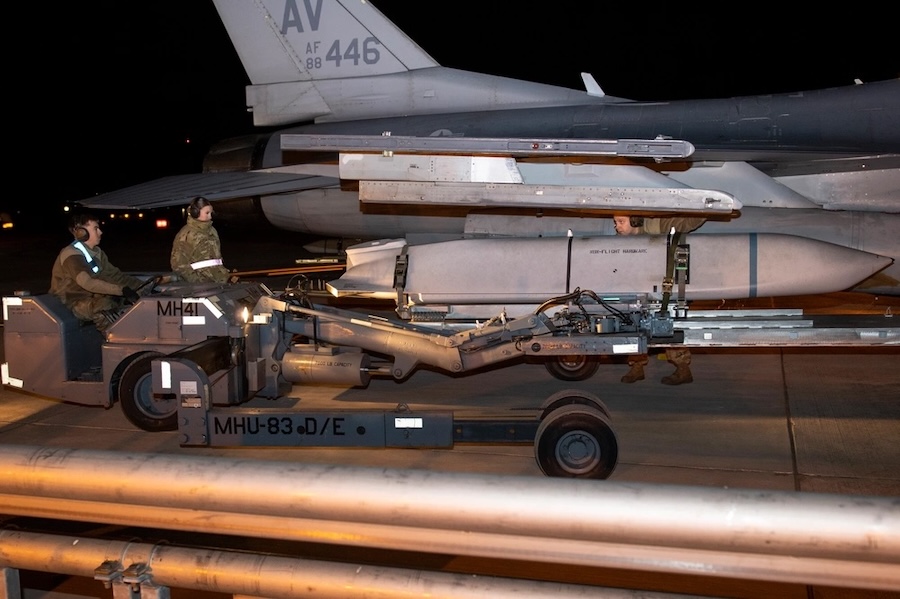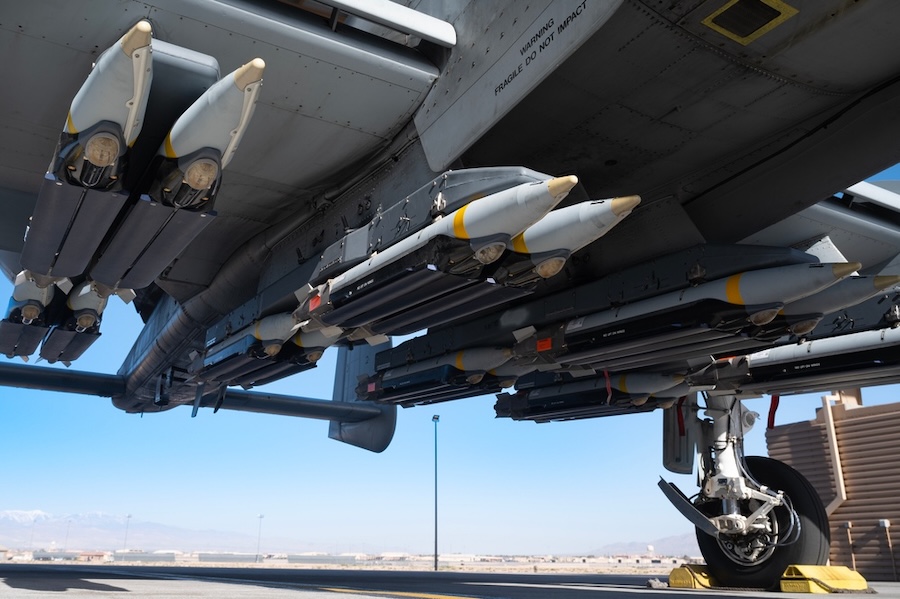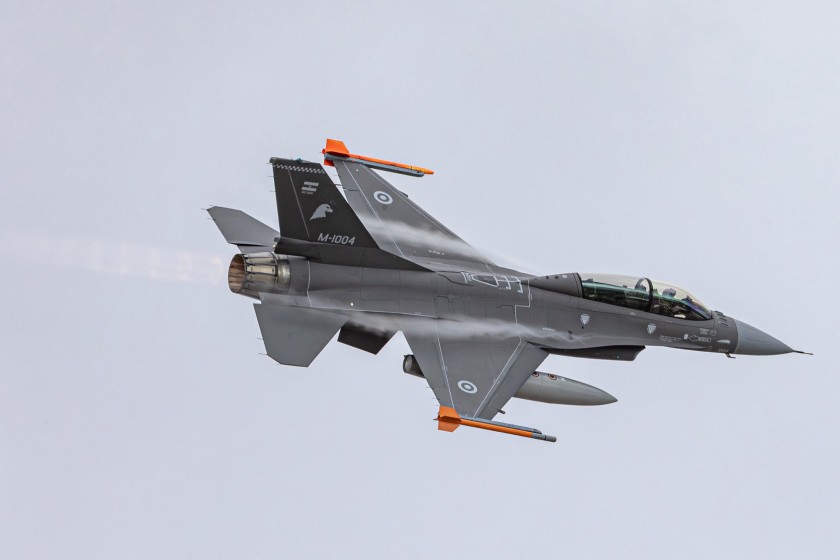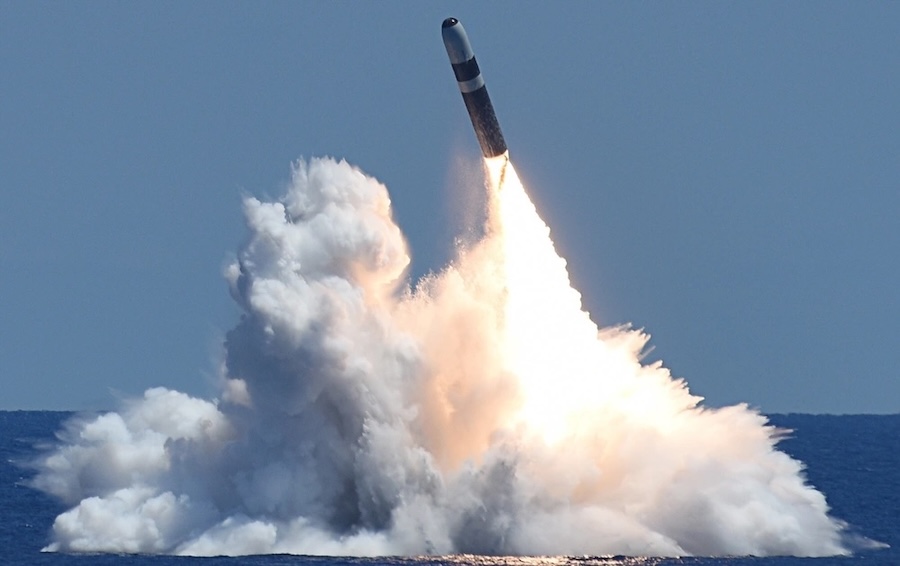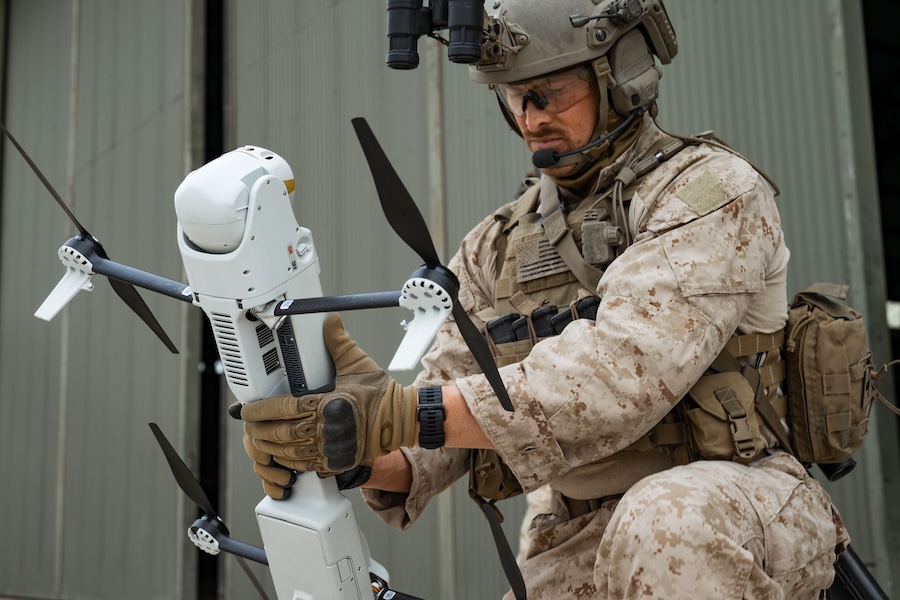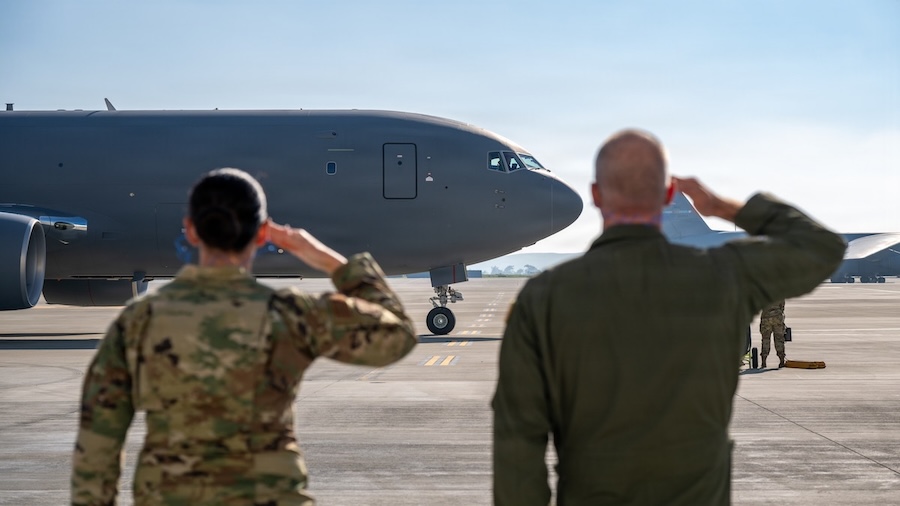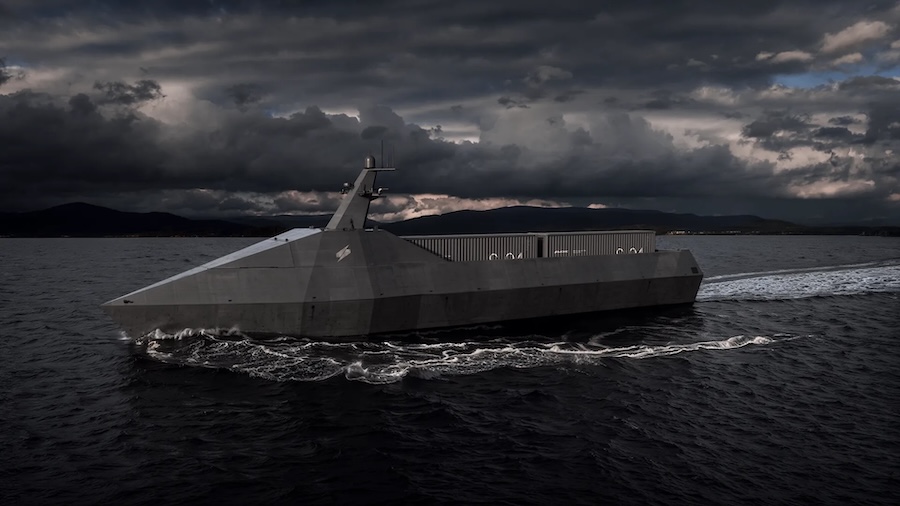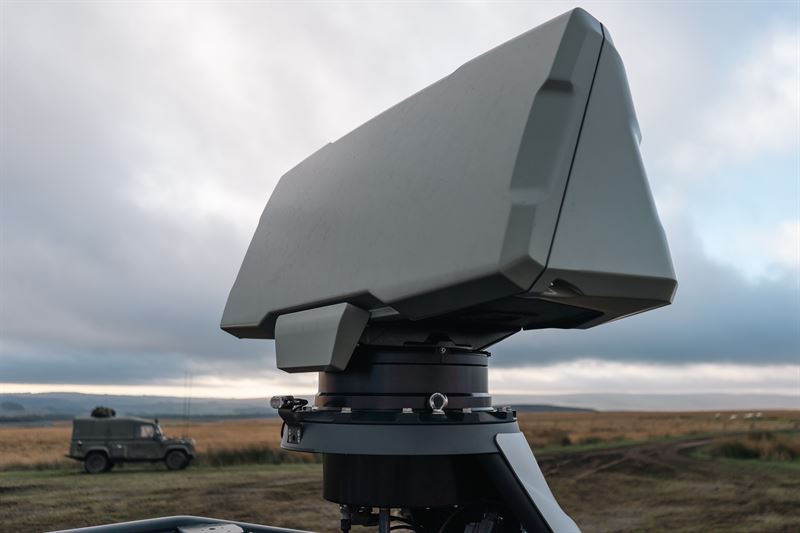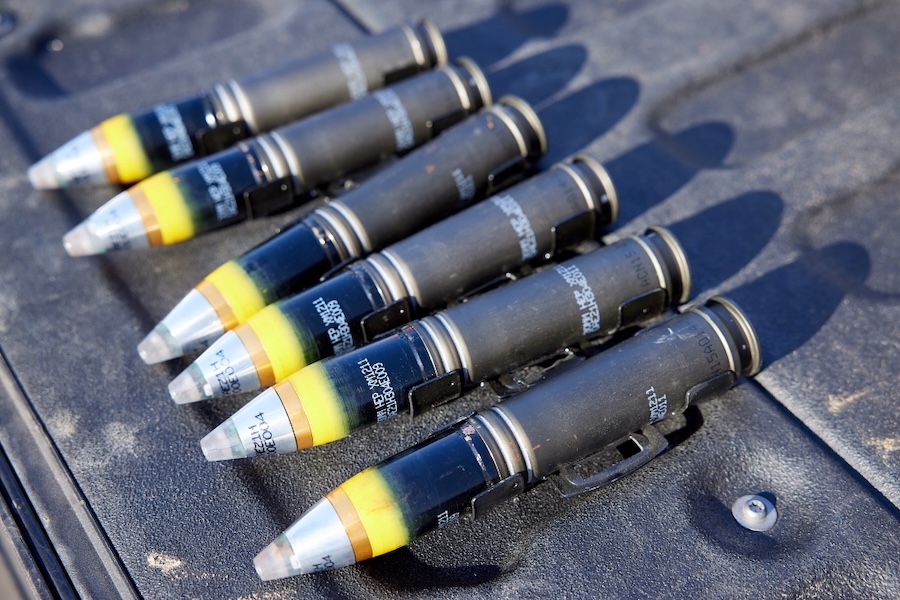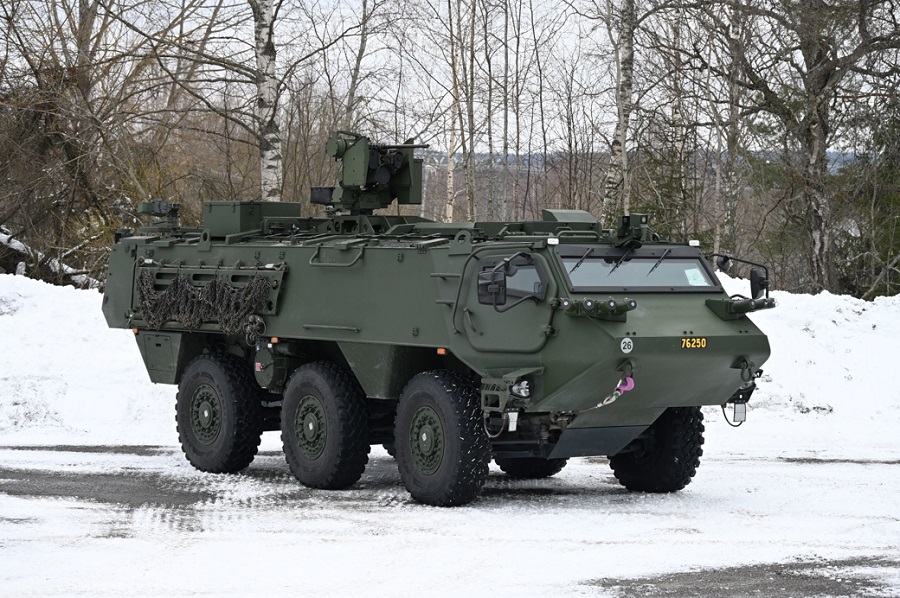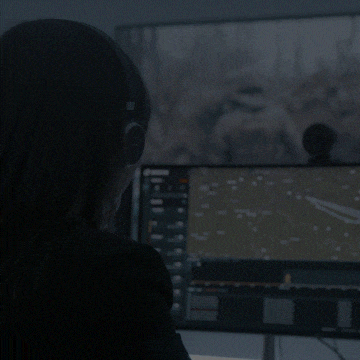LAMD, often described as a Korean-style ‘Iron Dome’, is designed to intercept low-flying, short-range missiles targeting key infrastructure in the capital region. The system is expected to serve as the nation’s ‘final shield’ against such aerial threats.
The radar, considered the ‘eyes’ of the LAMD system, will support missions including detection, tracking, identification, guidance, and intercept confirmation in complex battlefield conditions. It must be capable of simultaneously tracking hundreds of incoming projectiles in real time within a confined airspace.
Hanwha Systems was previously selected to develop the prototype radar for the LAMD programme and brings extensive experience in military radar systems for land, sea, and air platforms. Their portfolio includes radar technologies used in the FFX Batch-III frigate and the KF-21 fighter jet.
“It is hard to imagine an advanced and cutting-edge ‘air defense system’ without radar,” said Hyuk Park, Head of Hanwha Systems’ Defense Electronics Division. “Our focus is on advancing radar technologies that not only strengthen national defense but also drive the expansion of our global defense exports.”
The company also noted its growing global footprint following exports of the Cheongung-II (M-SAM-II) system to the Middle East. Interest in Korea’s surface-to-air missile technologies, including the long-range L-SAM system, continues to rise internationally.




